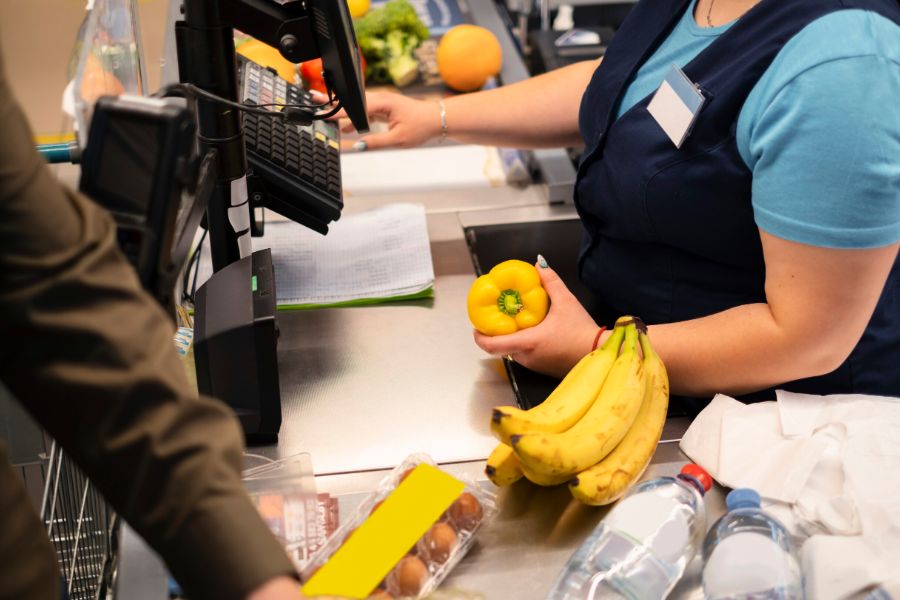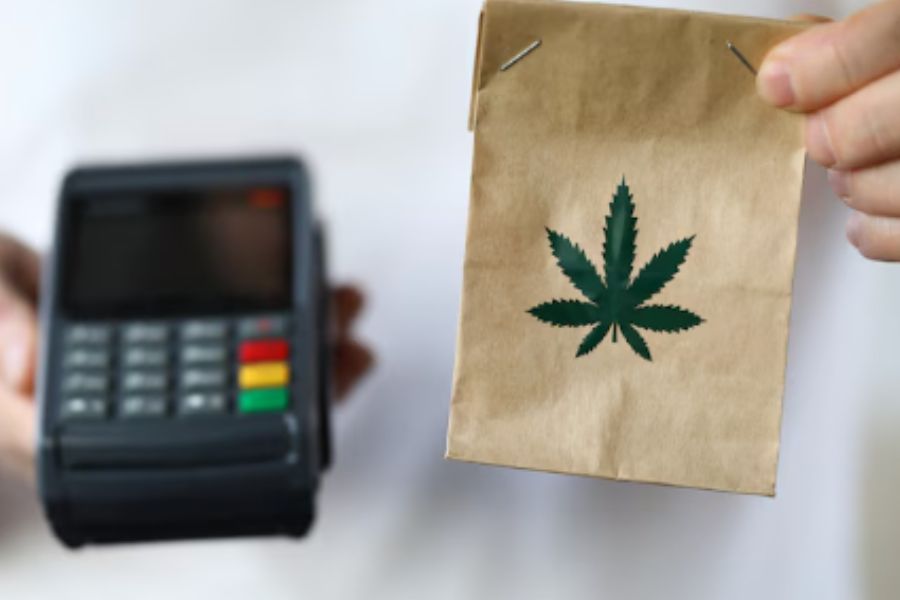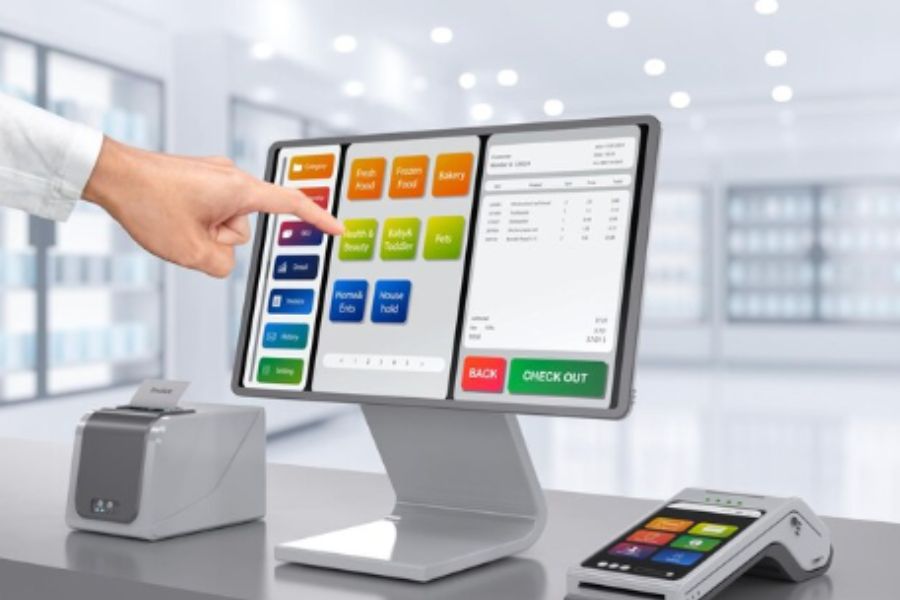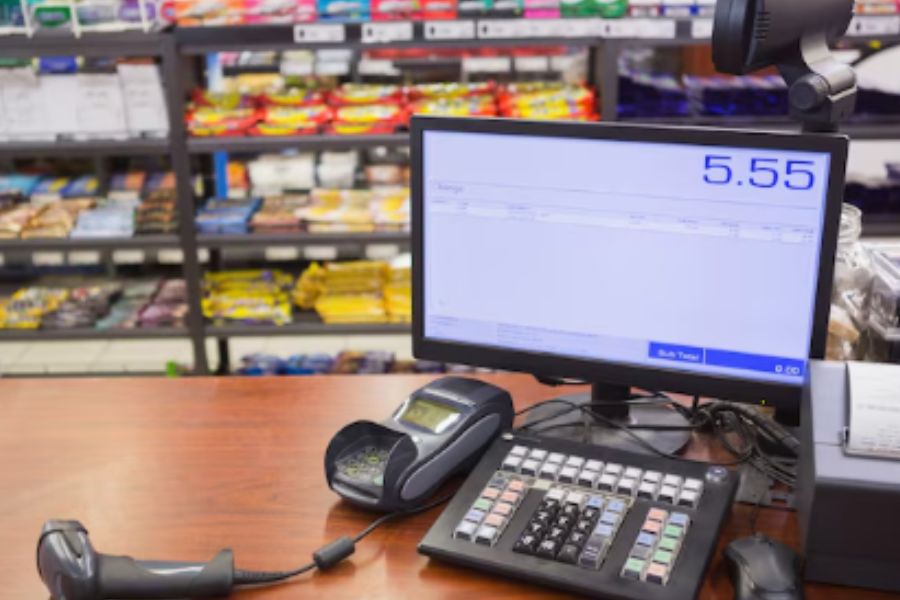According to the E-commerce Market Statistics for 2020, an average of 74% of shopping carts are abandoned. The fact presents that most retailers are getting a loss at the last mile – the checkout process. To solve this problem, more and more sellers allow customers to delay their carts for later purchases. Keeping up the pace, the POS system has launched a function to store the customers’ carts. In today’s article, we will present with you all the information regarding saving and retrieving cart in POS. Let’s check it out now!
What is save-and-retrieve the cart?
You might have a basic understanding of this concept from the introduction. But what exactly is it?
Let’s separate the term into two parts: saving and retrieving.
- Save for later:
When customers are at the checkout process, sales associates can keep the customer’s cart for later purchases.
The cart is always on the buyer’s account until it is retrieved.
- Retrieve a saved cart:
Whenever customers are ready to purchase, that salesman accesses all the carts that have been stored.
This attribute also helps customers scan the order again and proceed with payments.
Saving and retrieving carts in POS benefits retailers
Improve the shopping experience
People seem to be in a hurry in peak times like the upcoming Christmas holidays.
This function is born with the purpose to speed up the checkout process which results in a better shopping experience.
The cashier can now fasten the check-out process when she sets one cart aside and keeps going on the next.
Let’s imagine that a buyer is wavering at the checkout counter and she would like to leave to get more items. Do not let other customers feel irritated waiting in line, you can keep the cart for that customer to return while finishing the next order.
Increase conversion rate
In case customers do not have enough money on hand, for example forgetting to bring their wallets, they would not be able to finish the order.
Saving and retrieving the cart can support customers to leave the exact order and, purchase at the next time. In turn, it boosts the sales for store owners.
Delay the order when it is interrupted
The save-for-later allows you to delay the orders that have not been processed yet.
Let’s imagine when a customer is on the go and she requires you to complete her orders immediately. Meanwhile, you are processing several other orders.
The function lets you save all the details of current orders and satisfy your customer at the same time.
Continue a delayed order
Now, it is the time when your busy customer has gone happily. You can continue to work on processing orders.
With the retrieving function, users can retrieve any previously saved orders.
ConnectPOS – An example of a saving-and-retrieving cart in POS
ConnectPOS offers you the save-and-retrieve function, which is super-easy to use.
You can look at the two options: “save current cart” and “retrieve on-hold orders”, right next to the “cart” and on the “selling screen”.
Once you choose “save current cart”, all the items will be put in the “on-hold list”.
Onhold orders will pop up when you click on “Retrieve On-hold orders”
You can access the list later by clicking the “retrieve on-hold orders”. At that time, the “on-hold list” screen opens to show all the saved products. You can press on the “retrieve” to access or the trash icon to delete specific items.
To wrap it up,
Cart saving and retrieving is a useful feature that gives retailers a greater degree of control over the checkout process. Accordingly, this boosts customer satisfaction and reduces cart abandonment rates which leads to growth in revenue. We hope this article will help you to get an overview of the save-and-retrieve cart feature in POS. Let’s read for more information on POS and take more tips to better your retail business.



